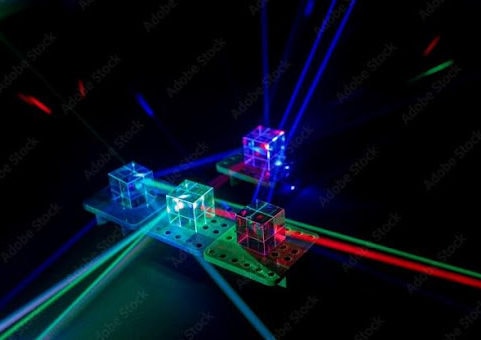Precision in One Dimension: How Sterling Precision Fabricates High-Quality Cylindrical Optics
Created at : Jul 28 2025
At Sterling Precision, we specialize in crafting high-performance cylindrical optics for industries where precision, durability, and optical excellence are paramount. From laser line generators to beam shaping systems, our cylindrical lenses play a critical role in enabling innovative optical solutions across aerospace, medical, industrial, and scientific fields.
But how exactly are these uniquely shaped optics created? Here's an inside look at the meticulous process behind fabricating world-class cylindrical optics at Sterling Precision.
What Are Cylindrical Optics?
Unlike spherical lenses, which focus light in two dimensions, cylindrical optics manipulate light in just one axis. This directional focusing ability makes them ideal for line focusing, beam shaping, and correcting astigmatism in optical systems.
Sterling Precision offers both concave and convex cylindrical lenses, as well as custom geometries tailored to specific customer requirements.
Step 1: Optical Material Selection
Every lens begins with carefully chosen optical material. We work with high-grade glass types such as fused silica, BK7, and other optical glasses known for their clarity, thermal stability, and transmission properties. For lightweight or cost-sensitive applications, optical polymers are also available.
Step 2: Glass Blank Preparation
Using precision saws and diamond grinding tools, raw material is cut into blanks that match the desired length, width, and thickness. These blanks serve as the foundation for all subsequent processing.
Step 3: Generating the Cylindrical Surface
Unlike spherical lenses, which require uniform curvature across all directions, cylindrical lenses need precise curvature along only one axis. Our cylindrical generators shape the blank using custom-engineered tools that match the desired radius of curvature.
This one-dimensional curvature is produced through precision grinding, resulting in a pre-formed surface that is ready for polishing.
Step 4: High-Precision Polishing
Polishing is where optical performance truly takes shape. Our technicians use conformable laps and advanced polishing techniques — including computer-controlled polishing (CCP) and magnetorheological finishing (MRF) — to achieve the exact curvature and optical clarity required.
Flat surfaces (when present) are polished separately using flat lapping techniques to ensure maximum angular accuracy.
Step 5: Centering and Edging
After polishing, lenses are centered to ensure the optical axis aligns perfectly with the mechanical axis. This step is critical for precision applications. We then edge the component to its final dimensions using CNC equipment, ensuring tight tolerances and clean bevels.
Step 6: Optical Coatings (Optional)
Depending on application needs, we apply advanced coatings such as anti-reflective (AR), high-reflective (HR), or custom multilayer coatings. Coating processes include:
- Physical Vapor Deposition (PVD)
- Ion Beam Sputtering (IBS)
- Electron Beam Evaporation
These coatings optimize optical performance, reduce signal loss, and improve durability.
Step 7: Rigorous Quality Assurance
Every optic is inspected using:
- Interferometry with custom cylindrical setups
- Profilometry for curvature accuracy
- Autocollimator testing for alignment
- Surface quality inspection using high-magnification microscopy
We guarantee that all Sterling Precision optics meet or exceed the industry’s most stringent specifications.
Why Choose Sterling Precision?
With decades of experience, Sterling Precision delivers reliability, repeatability, and superior performance in every cylindrical optic we produce. Our blend of craftsmanship and cutting-edge technology ensures we can meet the demands of even the most challenging optical designs.
Ready to elevate your optics?
Contact Sterling Precision today to discuss your cylindrical lens requirements or request a custom quote.

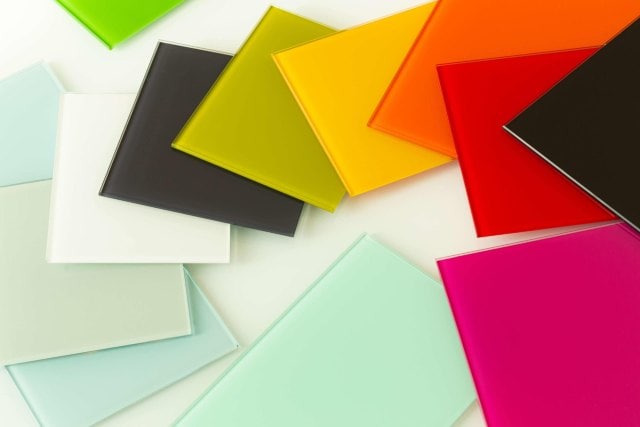 CUSTOM OPTICAL FILTERS
CUSTOM OPTICAL FILTERS
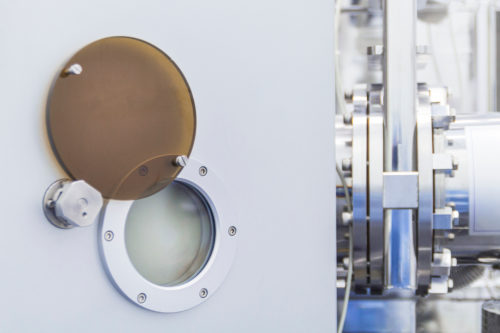 OPTICAL WINDOWS
OPTICAL WINDOWS
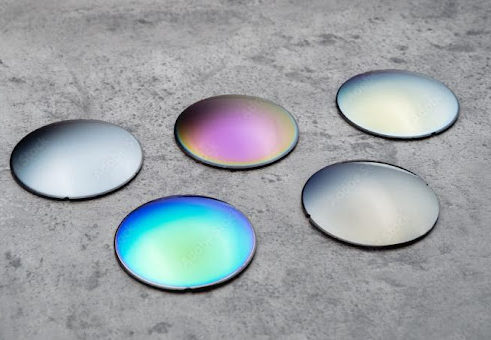 OPTICAL COATINGS
OPTICAL COATINGS
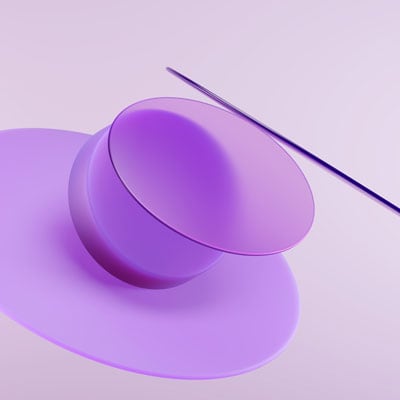 UV OPTICS
UV OPTICS
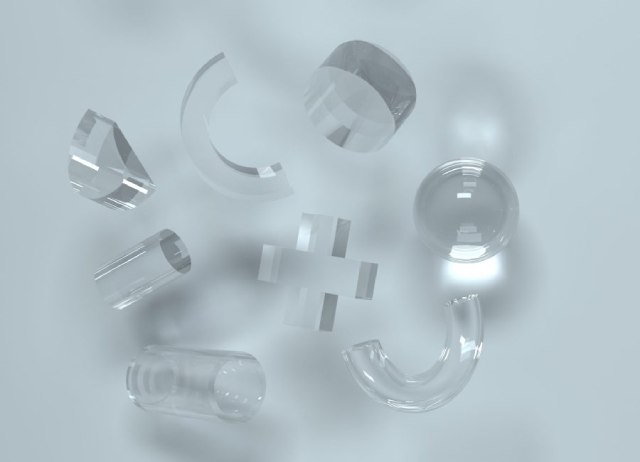 CYLINDRICAL OPTICS
CYLINDRICAL OPTICS
 CUSTOM TEMPERED OPTICS
CUSTOM TEMPERED OPTICS
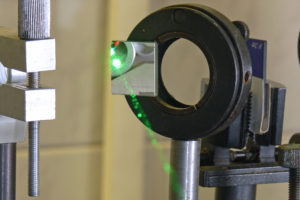 OPTICAL MIRRORS
OPTICAL MIRRORS
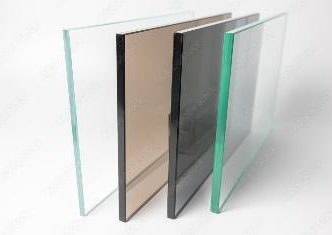 NEUTRAL DENSITY
NEUTRAL DENSITY
 PRISMS & RETROREFLECTORS
PRISMS & RETROREFLECTORS
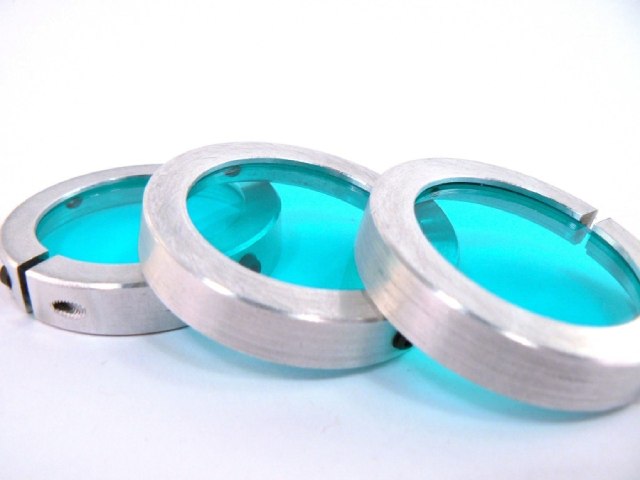 ASSEMBLIES
ASSEMBLIES
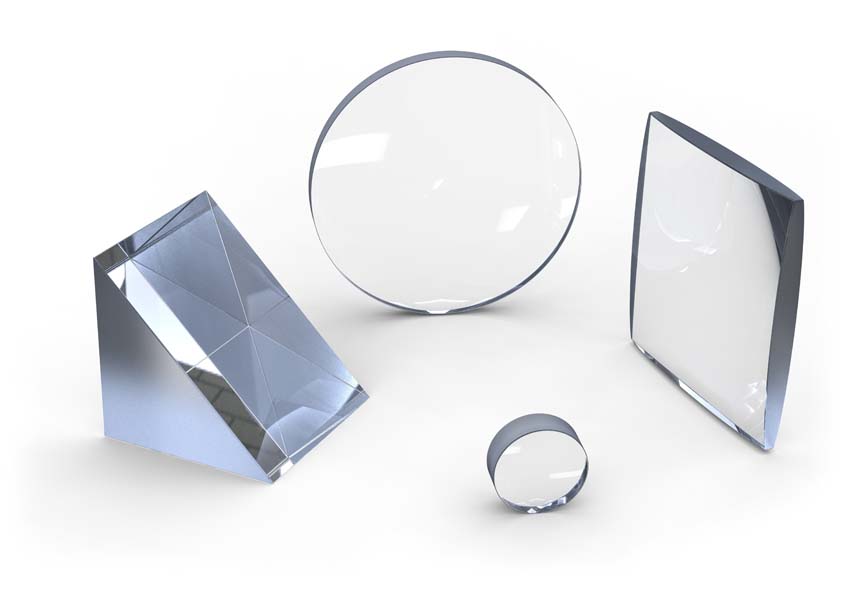 OPTICAL LENSES
OPTICAL LENSES
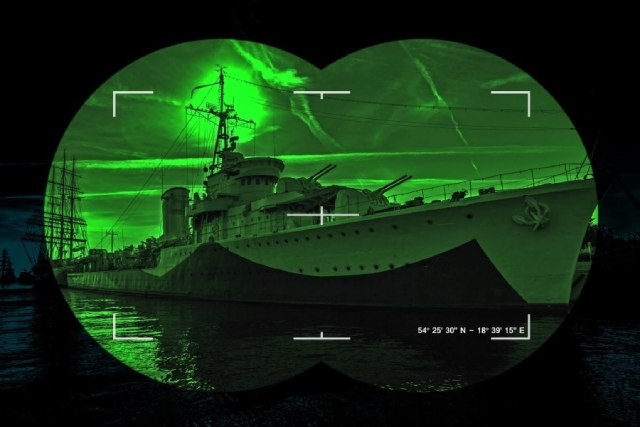 NIGHT VISION FILTERS
NIGHT VISION FILTERS
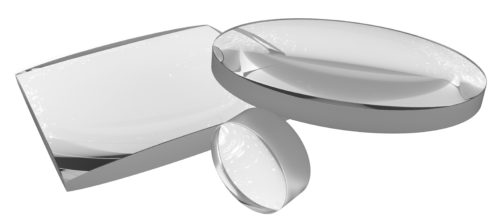 ACHROMATIC LENSES
ACHROMATIC LENSES
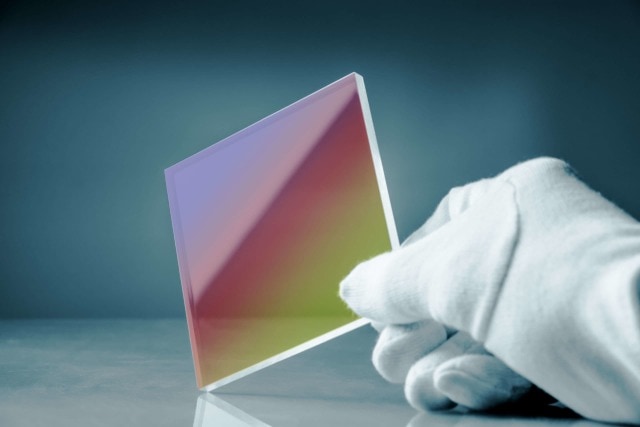 OPTICAL BEAM SPLITTERS
OPTICAL BEAM SPLITTERS
